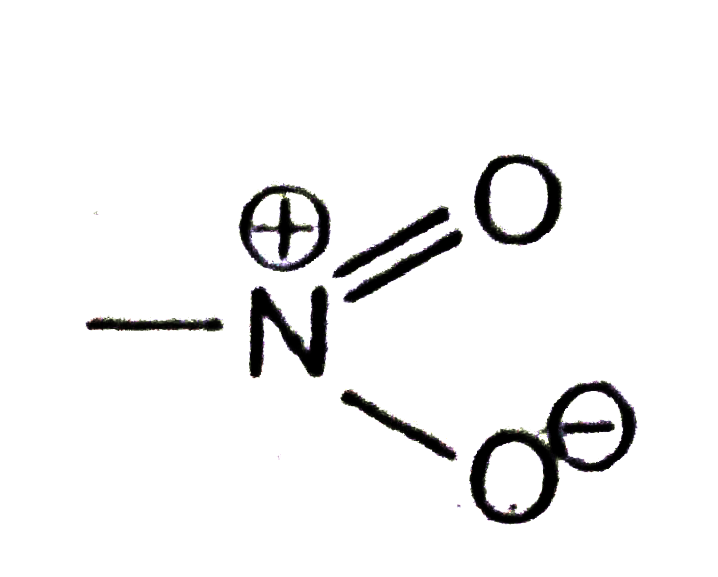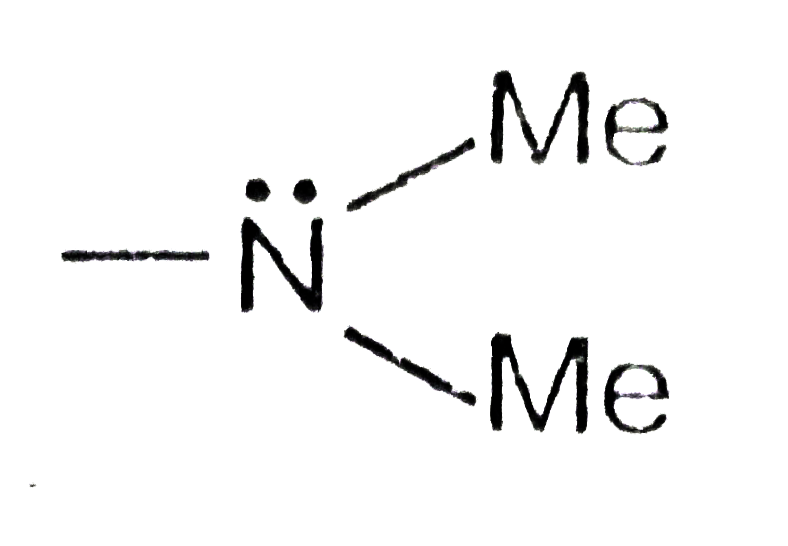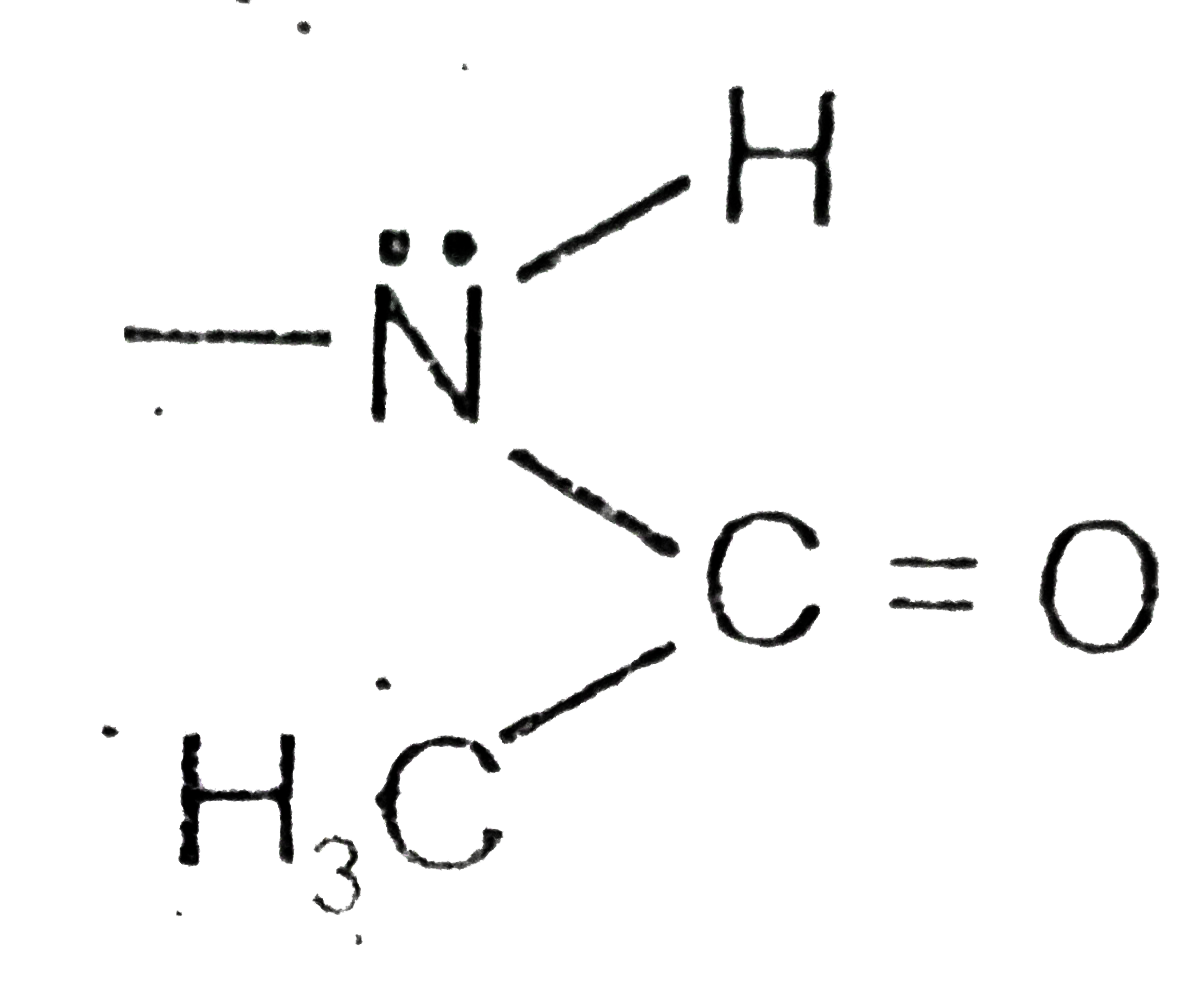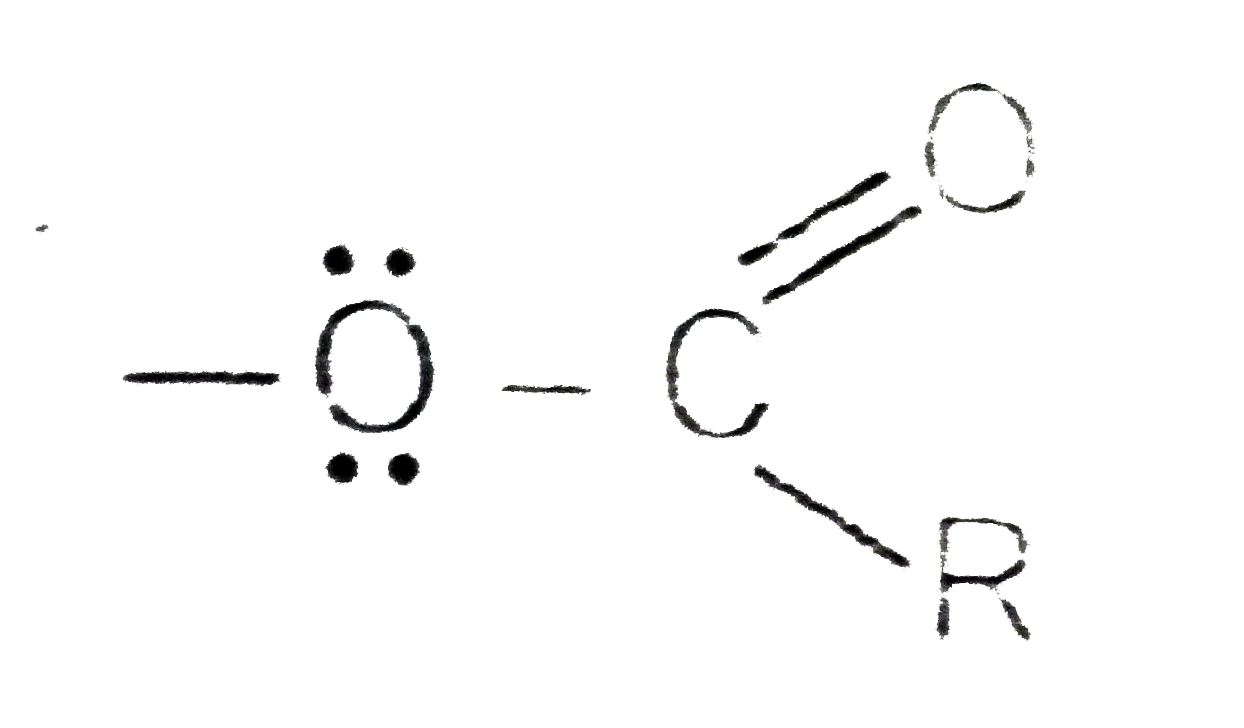Which of the following group will have strongest electron donating mesomeric effect?




The correct Answer is:B
To determine which group has the strongest electron donating mesomeric effect (denoted as +M effect), we will analyze each option step by step.
Step 1: Understand the Concept of Mesomeric Effect
The mesomeric effect refers to the delocalization of electrons through pi bonds or lone pairs in a molecule, which can either donate or withdraw electron density. The +M effect indicates that a group donates electron density through resonance.
Hint: Remember that groups with lone pairs or double bonds adjacent to a positively charged atom typically exhibit a +M effect.
Step 2: Analyze Option 1
In the first option, we have a nitrogen with a positive charge adjacent to a carbonyl (C=O) group. The positive charge on nitrogen indicates that it is electron-deficient. Therefore, it will not effectively donate electron density.
Hint: A positive charge on an atom reduces its ability to donate electrons.
Step 3: Analyze Option 2
In the second option, nitrogen is bonded to two methyl groups. Methyl groups exhibit a +I (inductive) effect, which increases the electron density on nitrogen. This increased electron density allows nitrogen to effectively donate electrons through resonance.
Hint: Look for groups that increase electron density on the donating atom; methyl groups can help in this case.
Step 4: Analyze Option 3
In the third option, nitrogen is bonded to a carbonyl (C=O) group and has a hydrogen atom. The carbonyl group is an electron-withdrawing group (-I effect), which decreases the electron density on nitrogen. Therefore, nitrogen cannot effectively donate electrons.
Hint: Electron-withdrawing groups reduce the electron density on adjacent atoms, limiting their ability to donate electrons.
Step 5: Analyze Option 4
In the fourth option, we have an oxygen atom with two lone pairs adjacent to a carbonyl group. The electronegativity of oxygen means that it will not effectively donate its lone pairs due to the presence of the electron-withdrawing carbonyl group.
Hint: Electronegativity plays a crucial role; highly electronegative atoms will tend to hold onto their electrons rather than donate them.
Conclusion
After analyzing all options, we find that Option 2 has the strongest electron donating mesomeric effect due to the presence of methyl groups enhancing the electron density on nitrogen.
Final Answer
Option 2 has the strongest electron donating mesomeric effect.
The mesomeric effect refers to the delocalization of electrons through pi bonds or lone pairs in a molecule, which can either donate or withdraw electron density. The +M effect indicates that a group donates electron density through resonance.
In the first option, we have a nitrogen with a positive charge adjacent to a carbonyl (C=O) group. The positive charge on nitrogen indicates that it is electron-deficient. Therefore, it will not effectively donate electron density.
In the second option, nitrogen is bonded to two methyl groups. Methyl groups exhibit a +I (inductive) effect, which increases the electron density on nitrogen. This increased electron density allows nitrogen to effectively donate electrons through resonance.
In the third option, nitrogen is bonded to a carbonyl (C=O) group and has a hydrogen atom. The carbonyl group is an electron-withdrawing group (-I effect), which decreases the electron density on nitrogen. Therefore, nitrogen cannot effectively donate electrons.
In the fourth option, we have an oxygen atom with two lone pairs adjacent to a carbonyl group. The electronegativity of oxygen means that it will not effectively donate its lone pairs due to the presence of the electron-withdrawing carbonyl group.
After analyzing all options, we find that Option 2 has the strongest electron donating mesomeric effect due to the presence of methyl groups enhancing the electron density on nitrogen.
Option 2 has the strongest electron donating mesomeric effect.
Topper's Solved these Questions
- ORGANIC CHEMISTRY: SOME BASIC PRINCIPLE AND TECHNIQUESBOOK - AAKASH INSTITUTECHAPTER - ORGANIC CHEMISTRY: SOME BASIC PRINCIPLE AND TECHNIQUESEXERCISE - SECTION-C OBJECTIVE TYPE QUESTION (MORE THAN ONE OPTIONS ARE CORRECT)
18 Videos
- ORGANIC CHEMISTRY: SOME BASIC PRINCIPLE AND TECHNIQUESBOOK - AAKASH INSTITUTECHAPTER - ORGANIC CHEMISTRY: SOME BASIC PRINCIPLE AND TECHNIQUESEXERCISE - SECTION-D LINKED COMPREHENSION TYPE QUESTIONS
6 Videos
- ORGANIC CHEMISTRY: SOME BASIC PRINCIPLE AND TECHNIQUESBOOK - AAKASH INSTITUTECHAPTER - ORGANIC CHEMISTRY: SOME BASIC PRINCIPLE AND TECHNIQUESEXERCISE - ASSIGNMENT SECTION-A COMPETITION LEVEL QUESTIONS
50 Videos
- ORGANIC CHEMISTRY : SOME BASIC PRINCIPLES AND TECHNIQUES BOOK - AAKASH INSTITUTECHAPTER - ORGANIC CHEMISTRY : SOME BASIC PRINCIPLES AND TECHNIQUES EXERCISE - Assignment(Section-D)(Assertion - Reason Type Questions)
12 Videos
- POLYMERSBOOK - AAKASH INSTITUTECHAPTER - POLYMERSEXERCISE - ASSIGNMENT (SECTION-D)
13 Videos
Similar Questions
Knowledge Check
Which of the following groups shows the strongest−R effect?
A−COORB−CNC−NO2D−CHOWhich of the following is the strongest −I group?
A−+N(CH3)3B−+NH3C−+S(CH3)2D−FWhich of the following is the strongest −I group :
A−+N(CH3)3B−+NH3C−+S(CH3)2D−F
Which of the following is likely to have the strongest leg bones ?
View SolutionWhich of the following have −M effect (¯e - withdrawing mesomeric effect) ?
View SolutionElectron donating groups are,
View SolutionWhich among the following is very strong o-p-directing groups?
View SolutionWhich of the following is strongest −m group
View Solution
